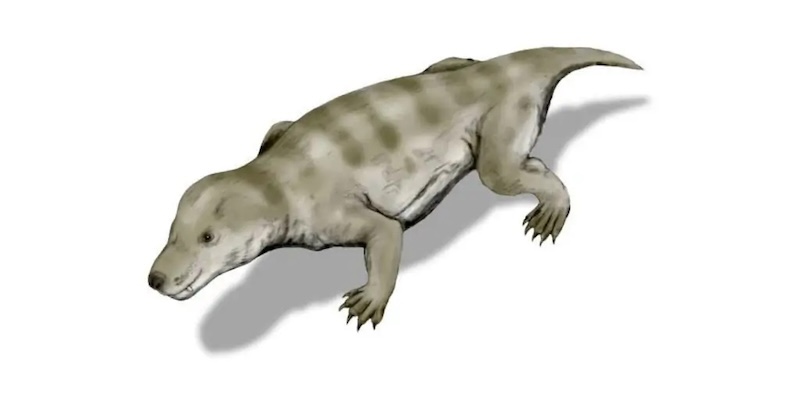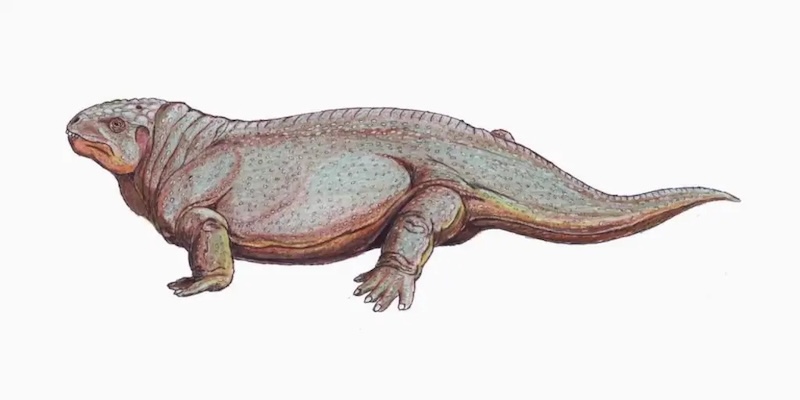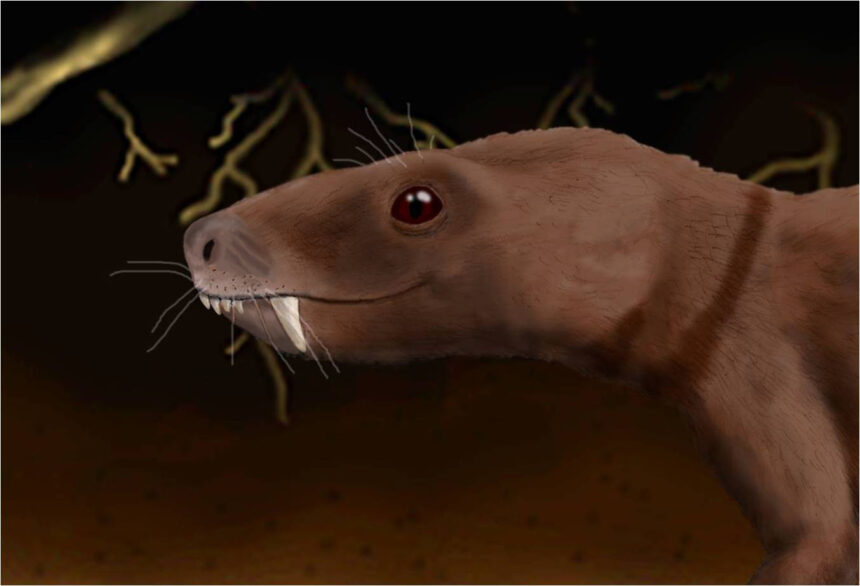In most popular science books and biology textbooks, you can find the claim that mammals—including us humans—descended from reptiles. This misconception has even taken root in the minds of the most educated individuals.
However, from the standpoint of modern science, such a statement is incorrect. It’s like saying that you were born to your cousin. Mammals and reptiles share common roots but are not direct ancestors of one another.
This is a very popular myth, similar to the idea that humans descended from monkeys.
buy xenical online https://buynoprescriptionrxxonline.com/buy-xenical.html no prescription pharmacy
Modern mammals descended from cynodonts—animals that appeared in the late Permian period, around 260 million years ago. These were warm-blooded, furry creatures capable of laying eggs.
Interestingly, they were the first in the planet’s history to learn to chew and breathe simultaneously. So, thanks to their genes, you can enjoy a meal without holding your breath.

Cynodonts, in turn, branched off from synapsids—a very diverse group of animals that are referred to in biology textbooks as therapsids. Chapters on these creatures are often accompanied by illustrations of various toothed and bulky beings resembling a cross between a monitor lizard and a hippopotamus, with intriguing names like Moschops, Lystrosaurus, and Tetraceratops.
Upon reading these names, most people assume these animals were some sort of dinosaurs and therefore reptiles. But that is incorrect.
The Latin word “saur” (sauria), meaning “lizard,” does not necessarily indicate that you’re dealing with a reptile. In the early 19th century, nearly every unearthed skeleton was called a “saur” due to the limited scientific knowledge at the time, making it difficult to distinguish between dinosaurs and other creatures.
The most famous example is Basilosaurus, which turned out, upon closer examination, to be a prehistoric whale.
Synapsids were indeed classified as reptiles in the early 20th century, during the infancy of scientific understanding. But since then, scientists have sorted things out, and Synapsida is now recognized as a separate class, no longer part of the reptile class as previously thought.
Synapsids and sauropsids (which include modern reptiles and birds) are sister groups, not parent groups. Our evolutionary paths diverged around 320 million years ago, in the Carboniferous period. Just look at the diagram, and you’ll get it.
We, the synapsids (from now on, feel free to call all mammals, including your dog, by this term), and the sauropsids (reptiles and birds) evolved from a group of ancient animals called basal amniotes.

Credit: Dmitry Bogdanov / Wikimedia Commons
These creatures looked similar to modern reptiles externally but had many internal differences, making it incorrect to label them as reptiles. The amniotes, in turn, originated from amphibians, which themselves descended from ancient lobe-finned fish. There you have it.
So, if someone asks you what mammals descended from, don’t say “from reptiles” and certainly not “from dinosaurs,” or you’ll find yourself in an awkward situation. Instead, answer, “We, synapsids, descended from basal amniotes,” and everyone will be impressed with your erudition. Well, or they might say “Don’t be a know-it-all!” if you bring it up around school teachers.




